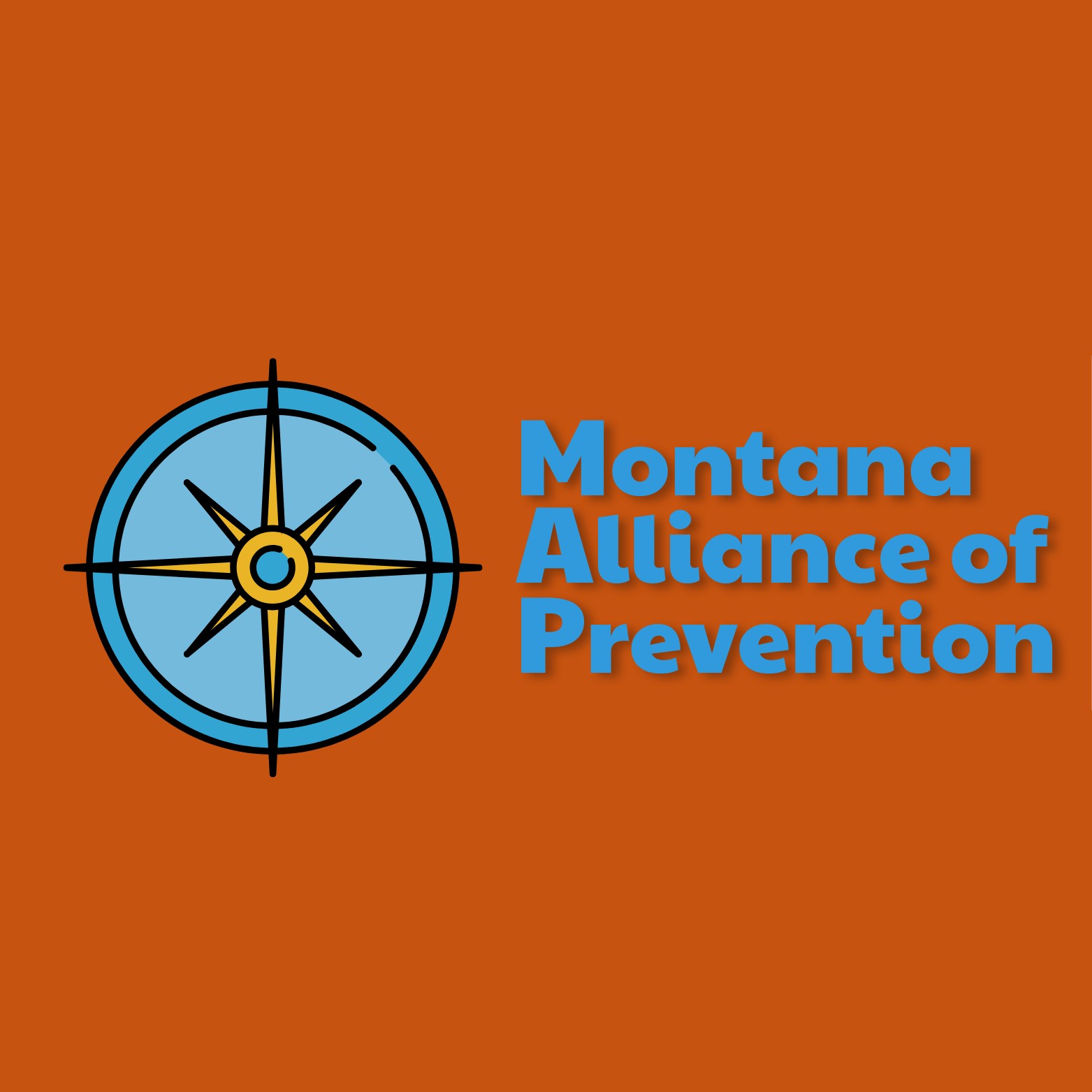
Montana Alliance of Prevention Legislative Priorities
The Montana Alliance of Prevention is a statewide coalition of organizations in the substance use prevention and behavioral health fields. We are writing to encourage the State of Montana to take an approach that safeguards the public when regulating the legal marijuana industry in our state.
In September 2024, the National Academies of Sciences Engineering and Medicine (NASEM) released a report titled “Cannabis Policy Impacts Public Health and Health Equity.” Their comprehensive 300+ page report, commissioned by the Centers for Disease Control and Prevention (CDC) and the National Institutes of Health (NIH), found regulations around legalization of marijuana “vary from state to state, and most were developed without a robust public health strategy; instead, legalization prompted the creation of commercial markets, driving an industry focused on profit over public health.” The report calls for best practices and model legislation to be drafted and shared with states, surveillance and evaluation of health impacts of this industry, and prevention efforts to raise awareness of the substance’s risks.
Since marijuana was legalized for adult-use in Montana, we have seen increases in past 30-day youth use, up 18% from 2020-2022 according to the Montana Prevention Needs Assessment. Hospitalizations and emergency room visits related to marijuana have been on a steady rise for Montana youth and young adults, up 48% from 2016-2021 for youth ages 15-19, and 49% for 20–24-year-olds, according to data provided by the Montana Hospital Association.
MAP would like to echo the recommendations of NASEM and urge Montana to be a leader in regulation of marijuana with the priority of protecting the health and safety of all Montanans. Research is already being done to establish best practices for regulating this industry and safeguarding public health. We would like to share some recommendations from experts in the field that Montana should consider implementing:
1. Statewide Marijuana Impact Report – Researchers and the NASEM findings recommend the measurement and monitoring of public health and safety objectives that may be impacted by marijuana policy changes including prevalence and patterns of use, harms such as cannabis use disorder and hospitalizations, environmental impacts of marijuana production, licenses, outlet density, enforcement actions, criminal and administrative violations, youth access and DUIs (Jernigan et al., 2021). Both Colorado and Washington’s legislatures have mandated such a biennial report. Without such baseline data, we do not know the full impact legalization of adult-use marijuana is having on Montanans. Data collection allows us to evaluate our current laws and regulations, and guide future policy.
2. Prioritize Enforcement and Prevention with Marijuana Tax Revenue – Policy experts state that revenue from taxes collected on marijuana should at a minimum cover oversight and enforcement of the industry, in addition to cannabis prevention and treatment programs, marijuana awareness and education media campaigns for the public, ongoing data collection, and cannabis research and evaluation (American Public Health Association, 2020; Jernigan et al., 2021). The NASEM report also concludes marijuana tax revenue should be used to fund programs and processes to mitigate public health and safety risks associated with the substance, noting enforcement such as through compliance checks (an evidence-based method) is weak.
3. Cap THC Potency – The NASEM report stresses that with commercialization the potency of marijuana products has increased tremendously along with risk of harms, but the public’s understanding of the potential risks and harms of these products has lagged behind. The risks of cannabis use disorder, psychosis, and other mental health problems increase with the higher concentration of THC in products. The NASEM report notes that at least five states have tried to reverse course and cap the potency of THC in products after legalization, but all have failed largely due to pressure from the marijuana industry. While Montana has capped flower at 35% potency (a generous cap as the average potency for flower is around 20% nationwide), there is no cap on the potency of concentrated marijuana products (e.g. vapes, edibles, dabs, etc.) in Montana and there are products on the market here containing up to 99% THC. Research internationally has established anything above 10% THC as “high-potency products,” and as MAP recently heard from policy expert Ben Cort, there is strong scientific evidence for increased harm at anything higher than 10% THC.
4. Require Responsible Sales Training for Budtenders – One of the NASEM report recommendations is to require training and certification of all dispensary staff, as consumers rely heavily on them for information. According to their findings, the training should include: “the effects of cannabis on humans, prevention of sales to minors, warnings about cannabis impaired driving, cannabis use in pregnancy, high-concentration or high-potency products, and how to identify signs of impairment.” At present, Montana requires dispensary staff to take two courses annually, “Identifying, Preventing, and Reporting Human Trafficking” and “Rules & Regulations: Legal Sales of Marijuana in Montana.” A responsible sales training for marijuana vendors would be similar to Montana’s Responsible Alcohol Sales and Service training that includes not just rules and regulations, but also effects of alcohol and underage prevention.
As the NASEM report concludes, “public health needs to be fully engaged in all cannabis policy discussions.” We are happy to discuss these recommendations at any time and share additional resources and research to support their implementation.

